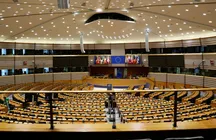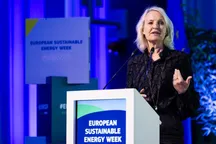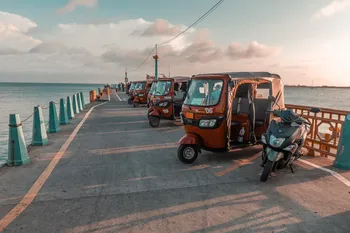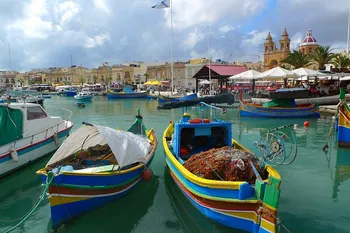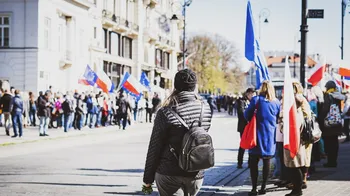
This initiative aims to tackle the chronic traffic congestion that plagues Lima—one of the most congested cities in Latin America—by implementing a series of innovative traffic management solutions designed to enhance road safety and improve public transportation efficiency.
The Context of Traffic Congestion in Lima
Lima's traffic issues are not just a nuisance; they have substantial economic implications. The congestion costs the city approximately 1.8% of its GDP and contributes significantly to environmental degradation, with the vehicle fleet accounting for about 40% of the city's greenhouse gas emissions. As urban growth outpaces infrastructure development, the effects are most acutely felt by lower-income residents. Currently, only 18% of jobs in Lima are accessible within a 45-minute commute using public or non-motorized transport, exacerbating social inequality and limiting economic opportunities for many citizens.
Key Components of the Program
- Modern Traffic Light Systems: Overhauling traffic signals at more than 50 intersections to improve flow and safety.
- Upgraded Control Center: Establishing a centralized control hub that will monitor and manage traffic patterns more effectively.
- Automated Traffic Violation Detection: Implementing systems to automatically detect and penalize traffic violations, thereby promoting compliance with traffic laws.
- Infrastructure for Sustainable Transport: Constructing 50 kilometers of dedicated bike lanes and designing a metropolitan public bike system with private sector involvement.
- Traffic Calming Zones: Introducing supermanzanas (superblocks) in five municipal districts to reduce vehicle speeds and enhance pedestrian safety.
These initiatives are designed not only to alleviate congestion but also to foster a safer environment for pedestrians and cyclists, thus encouraging more sustainable modes of transport.
Expected Outcomes
The program is projected to benefit approximately 4.6 million residents of Lima by improving access to transportation options that meet acceptable standards. By optimizing traffic flows and enhancing road safety, the initiative aims to reduce congestion and improve air quality across the city. Mayor Rafael López Aliaga emphasized the project's potential to transform Lima into a more navigable city where citizens can move safely and efficiently, ultimately improving access to jobs and essential services.
Issam Abousleiman, World Bank Country Director for Bolivia, Chile, Ecuador, and Peru, highlighted that this project represents a significant stride towards creating a sustainable and inclusive urban mobility system. The focus on vulnerable populations underscores the commitment to improving quality of life for all residents.
Broader Implications for Urban Mobility
This initiative aligns with broader trends observed across Latin America where cities are increasingly investing in mass transit systems as a means to reduce emissions, enhance connectivity, and promote social equity. The World Bank has been actively involved in supporting urban mass transit projects throughout the region—such as metro systems in São Paulo and Quito—which have demonstrated significant benefits in terms of reducing travel times and increasing job accessibility for low-income populations.
In addition to direct improvements in transportation infrastructure, these projects often incorporate innovative approaches such as data analytics and capacity building to ensure long-term sustainability. For example, studies have shown that investments in Bus Rapid Transit (BRT) systems can lead to travel time reductions of up to 53%, significantly enhancing mobility for urban residents.
Conclusion: A Vision for Sustainable Urban Mobility
The modernization of traffic management in Lima represents not just an investment in infrastructure but also a commitment to fostering an inclusive urban environment where all residents can thrive. As cities around the world grapple with similar challenges related to congestion and environmental impact, Lima's initiative serves as a model for integrating sustainable transport solutions into urban planning.
With continued support from international organizations like the World Bank, Lima is poised to transform its transportation landscape over the next decade, paving the way for improved economic productivity and enhanced quality of life for its citizens.
